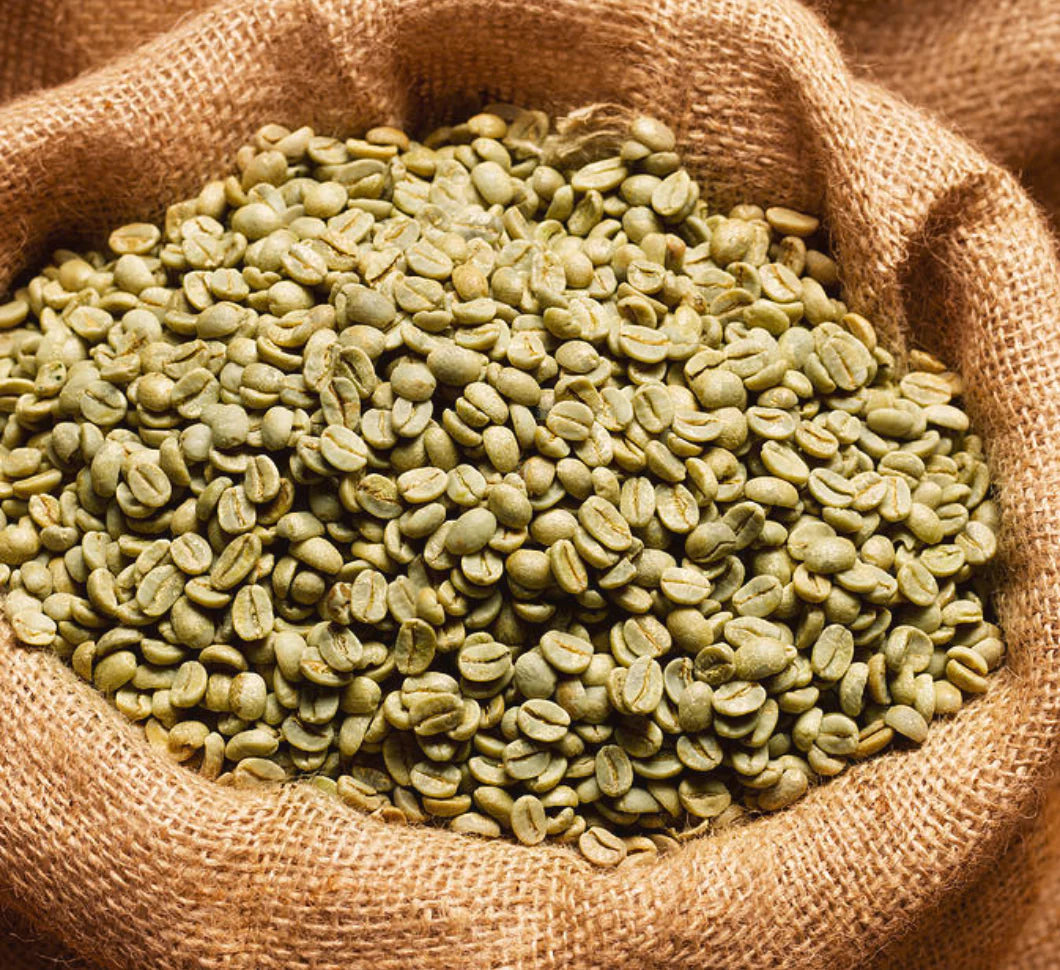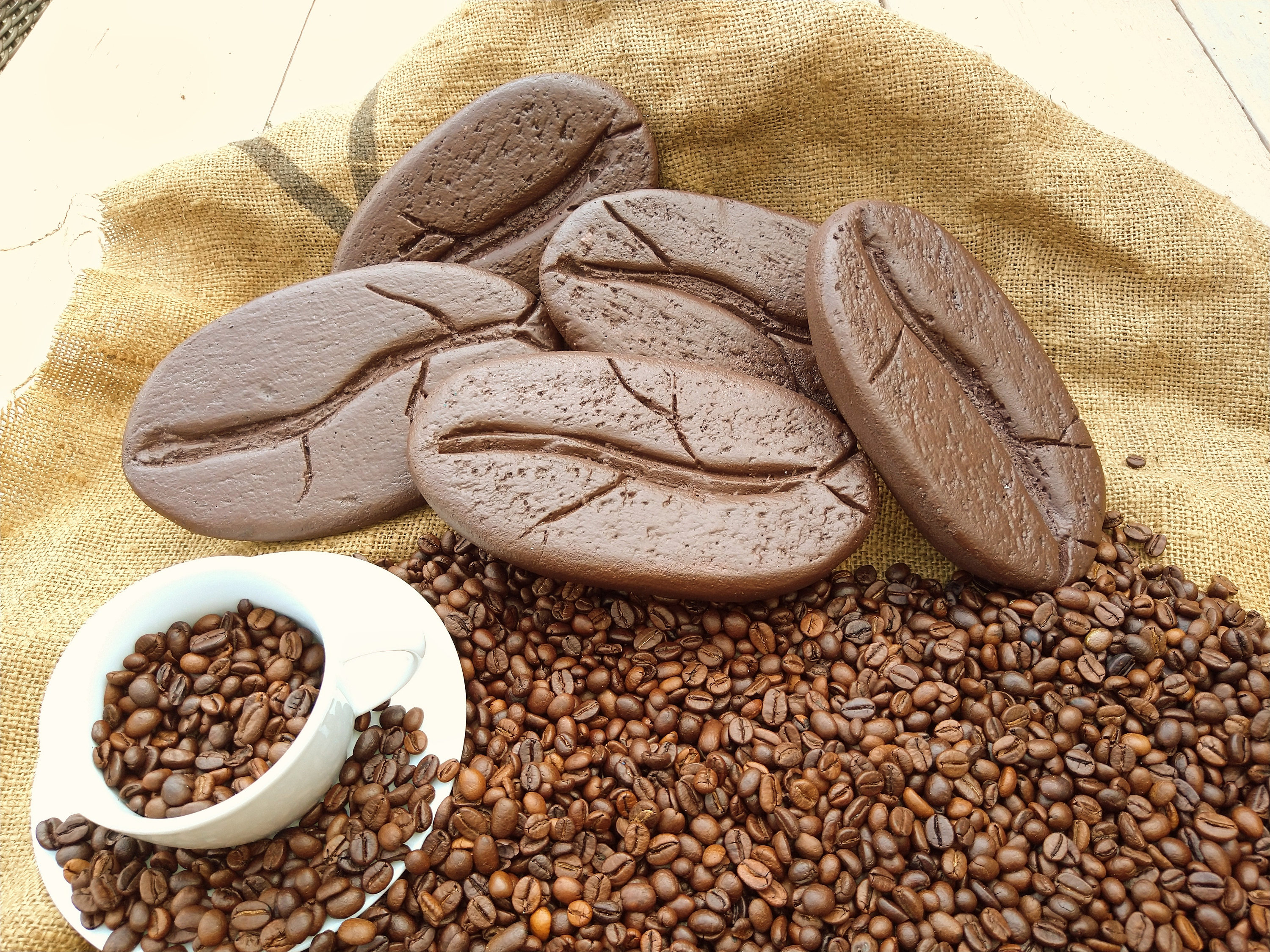A First-Time User’s Guide to Understanding SOE Single Origin Espresso
A First-Time User’s Guide to Understanding SOE Single Origin Espresso
Blog Article
Exploring the Rich Flavors of Coffee Beans: a Deep Study Espresso and Blended Coffee Beans
You uncover a complex world where each variety brings its own character to your cup when you discover the rich tastes of coffee beans. Comprehending the origins, processing techniques, and toasting techniques can transform your coffee experience. As you navigate through the art of coffee and the imagination behind mixed coffees, you'll begin to appreciate the nuances that make each sip special. What you'll discover following might change the way you enjoy your early morning mixture.
The Beginnings of Coffee Beans: Discovering Terroir and Taste Profiles
When you take a sip of coffee, you're not simply enjoying a beverage; you're experiencing a rich tapestry of tastes shaped by the beans' beginnings. Each area creates one-of-a-kind flavor accounts affected by altitude, soil, and climate. As an example, beans from Ethiopia usually break with intense, fruity notes, while those from Colombia often tend to use a well balanced, nutty sweetness.As you explore various beginnings, you'll notice exactly how terroir-- the environmental aspects influencing a crop-- plays an essential role. The exact same coffee selection can taste considerably different depending on where it's grown.When you take into consideration these factors, you start to value the complexity behind your mug. Each sip narrates of the land and the farmers who nurtured the beans. Next time you indulge, assume about the journey your coffee took prior to it reached your hands, and enjoy those intricate tastes that mirror its origin.
Understanding Coffee: The Art and Science Behind the Mixture
When you consider coffee, it's not almost the solid flavor; it's additionally concerning the techniques that bring it to life. Recognizing exactly how different preparation approaches influence preference can change your developing experience. Let's check out the ins and outs of coffee preparation and discover the unique flavor accounts that make each mug special.
Coffee Prep Work Strategies
Espresso prep work is both a scientific research and an art, combining specific methods with a deep understanding of coffee. To begin, you'll wish to choose premium, fresh roasted beans and grind them finely for optimal extraction. The work dimension is crucial; as well crude, and your coffee will certainly be weak, also fine, and it'll be bitter.Next, tamp the grounds equally in the portafilter to assure consistent removal. When you secure it right into the maker, go for a developing temperature level between 190 ° F and 205 ° F.As you pull the shot, expect the ideal extraction time-- around 25-30 secs. The outcome should be a rich, creamy espresso with an attractive layer of crema ahead - Single Origin Espresso. With practice, you'll understand these techniques
Flavor Accounts Explained
The globe of coffee uses an abundant tapestry of taste profiles that can elevate your coffee experience. When you take that very first sip, you'll observe a balance of level of acidity, sweetness, and anger. Each espresso bean brings one-of-a-kind notes, from fruity and flower to nutty and chocolaty. Light roasts usually display bright acidity and lively flavors, while dark roasts present deeper, bolder tones.Understanding these profiles aids you pick the appropriate coffee for your palate. Trying out with different blends can disclose unexpected mixes. A well-crafted blend could harmonize the intense notes of an Ethiopian bean with the abundant, chocolatey touches of a Brazilian bean. Embrace the trip of finding coffee's diverse tastes, and you'll transform your coffee ritual into an exciting experience.
Handling Approaches: How They Impact Taste and Fragrance
While it may appear that the origin of coffee beans is the most considerable consider determining their taste and scent, the processing approaches used post-harvest play a just as essential duty. You'll discover that these approaches can dramatically modify the last taste profile of your cup.For circumstances, the washed procedure eliminates the fruit from the beans prior to fermentation, frequently leading to a cleaner, brighter taste. At the same time, the natural process leaves the fruit intact during drying out, leading to a sweeter, fruitier profile.Other techniques, like honey processing, strike an equilibrium, permitting some fruit mucilage to stay, providing an unique complexity.Each processing strategy interacts with the beans' intrinsic qualities, boosting or silencing certain tastes and fragrances. So, when you sip that coffee or blended coffee, bear in mind that the journey from cherry to mug is affected not just by origin but also by how those beans were refined.

Roasting Strategies: Opening the Full Potential of Coffee Beans
Roasting techniques are vital for disclosing the full possibility of coffee beans, as they transform raw, environment-friendly beans into the fragrant, flavorful coffee you appreciate. The choice of roasting method-- light, medium, or dark-- dramatically affects flavor accounts. Light roasts protect the beans' natural acidity and fruity notes, while medium roasts balance sweetness and richness. Dark roasts, on the various other hand, stress bold, smoky flavors.You can trying out roasting temperature levels and times to discover your perfect mixture. A slower roast at reduced temperature levels permits complicated tastes to create, while a quicker roast can escalate anger. Focus on the cracks throughout toasting; the initial crack indicates a light roast, while the second crack signals a dark roast - Single Origin Espresso. By grasping these methods, you'll reveal a world of taste, elevating your coffee experience to new elevations. Enjoy every sip, understanding the care that entered into your cup!
The Magic of Blended Coffee: Producing One-of-a-kind Taste Experiences
Producing an unique taste experience with blended coffee can change your early morning ritual right into an exploration of preference. By integrating various beans from different areas, you can disclose a harmony of flavors that raise your cup to new heights. Each blend deals a distinctive account, stabilizing sweet taste, level of acidity, and body to create something absolutely special.When you select a blend, you're not just choosing a coffee; you're choosing a journey throughout varied landscapes and societies. Explore different combinations permits you to find your individual faves, whether you appreciate fruity notes or rich, chocolatey undertones.Blended coffee likewise gives you the versatility to readjust the brew to match your mood. You could hunger for a light-bodied blend someday and a strong, dark roast the following. Welcome the magic of blending and let each mug shock your palate, making every sip a delightful experience.
Tasting Notes: Identifying the Nuances in Your Mug
As you sip your coffee, you may discover a range of tastes dancing on your palate, each revealing the intricacies of the beans. You may taste the bright level of acidity evocative citrus or the deep, rich notes comparable to dark delicious chocolate. The sweetness could evoke honey or sugar, stabilizing the total profile beautifully.Pay interest to the body of the coffee-- does it feel light and ventilated, or is it complete and luscious? The coating, too, provides ideas; a lingering aftertaste may hint at nuttiness or flower undertones.Don' t neglect to discover the special characteristics of different origins, as each region imparts distinctive flavors. Ethiopian coffees typically present fruity notes, while Colombian beans could display a much more spherical sweetness. By acknowledging these subtleties, you'll deepen your gratitude for every mug, elevating your coffee experience to brand-new elevations.

Developing Approaches: Making The Most Of Taste Extraction for each Bean
When you explore the various developing methods, you'll uncover that each technique can dramatically impact the taste account of your Single Origin Espresso coffee. From French press to pour-over, each approach extracts various substances, boosting or silencing particular notes. For instance, utilizing a French press permits oils to remain in the mixture, producing a richer taste, while pour-over stresses clearness and brightness.Temperature and grind size additionally play essential roles. A coarser grind functions best for chilly mixtures, while a fine grind is suitable for coffee. Try out water temperature level-- between 195 ° F and 205 ° F-- can expose hidden flavors, too.Don' t forget soaking time; a fast removal can lead to sour notes, while over-extraction might yield resentment. By changing these variables, you can maximize taste extraction and genuinely elevate your coffee experience. Appreciate the journey of discovering what approach best fits your palate!
Regularly Asked Inquiries
What Is the Perfect Water Temperature Level for Brewing Coffee?
The excellent water temperature for brewing coffee's between 195 ° F and 205 ° F. If you use water that's too hot, you'll over-extract tastes; too cold, and you will not extract sufficient. Go for that sweet area for the best brew!
How Does Grind Size Impact Coffee Flavor?
Grind dimension substantially impacts coffee taste. Finer grinds remove much more oils and flavors, resulting in a bolder taste, while coarser grinds yield a lighter taste. Adjusting work size helps you achieve your desired coffee profile.
Exist Health And Wellness Advantages Surrounding Drinking Coffee?
Yes, consuming coffee can supply wellness benefits. It might boost cognitive feature, increase metabolic rate, and reduced the threat of particular diseases. Just keep in mind to enjoy it in small amounts to reap the advantages without unfavorable effects.

What Is the Difference Between Arabica and Robusta Beans?
Arabica beans are smoother and sweeter, often including fruity tastes, while robusta beans are stronger with a bitter preference and greater caffeine material. You'll discover these distinctions in aroma and developing experience.
Exactly How Can I Shop Coffee Beans for Quality?
To save coffee beans for quality, keep them in a closed container, far from dampness, warmth, and light. You'll maintain their taste longer if you only grind what you require right prior to brewing. When you explore the abundant tastes of coffee beans, you discover a complex world where each variety brings its own character to your mug. When you take a sip of coffee, you're not just taking pleasure in a beverage; you're experiencing a rich tapestry of flavors formed by the beans' beginnings. While it might appear that the origin of coffee beans is the most substantial factor in determining their taste and scent, the processing approaches used post-harvest play a just as essential role. Roasting strategies are essential for exposing the full capacity of coffee beans, as they transform raw, environment-friendly beans right into the fragrant, delicious coffee you take pleasure in. As you drink your coffee, you might notice a range of tastes dancing on your taste buds, each disclosing the ins and outs of the beans.
Report this page